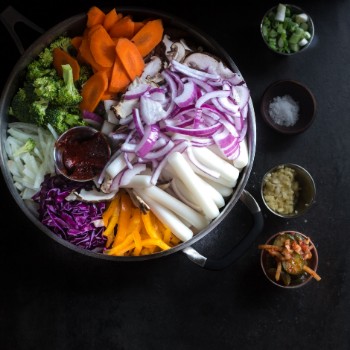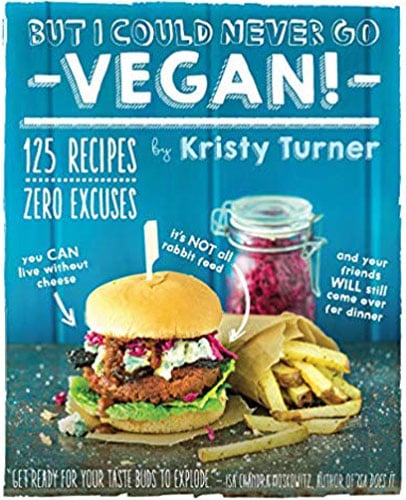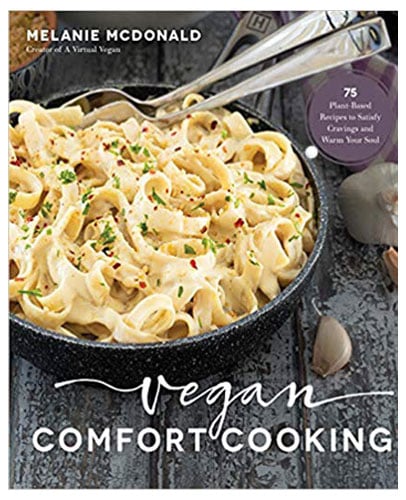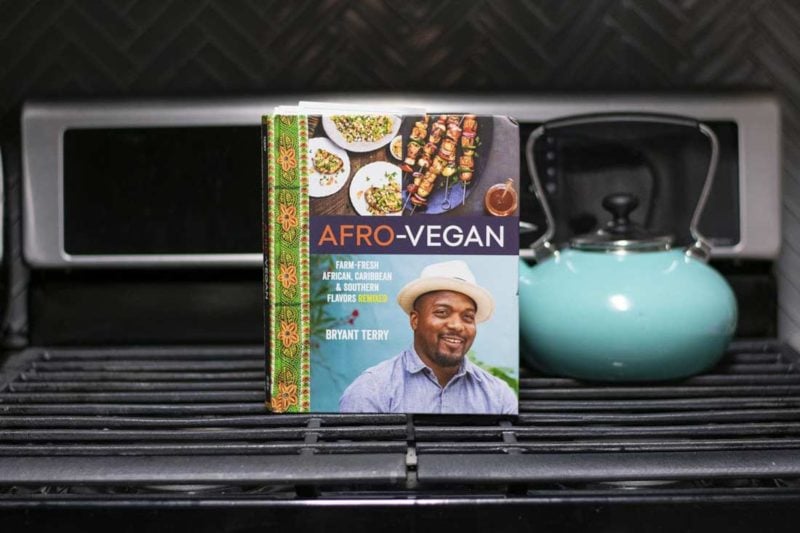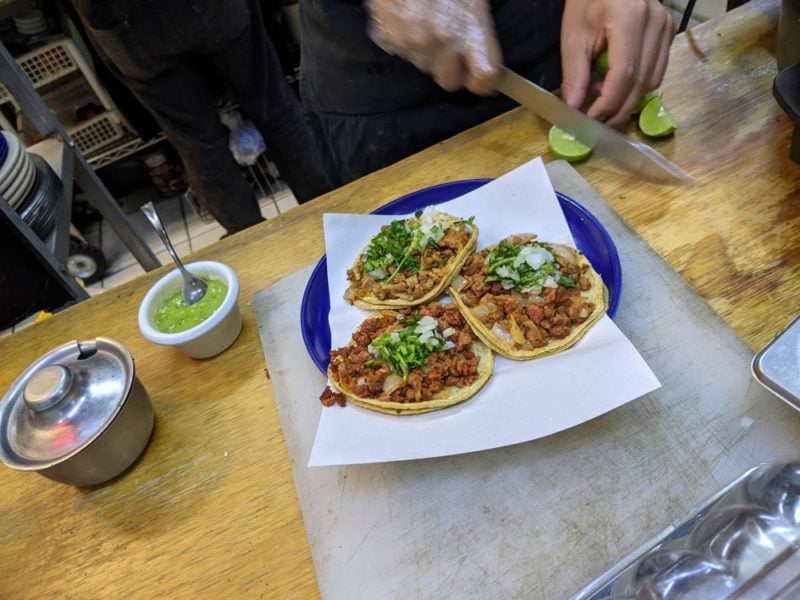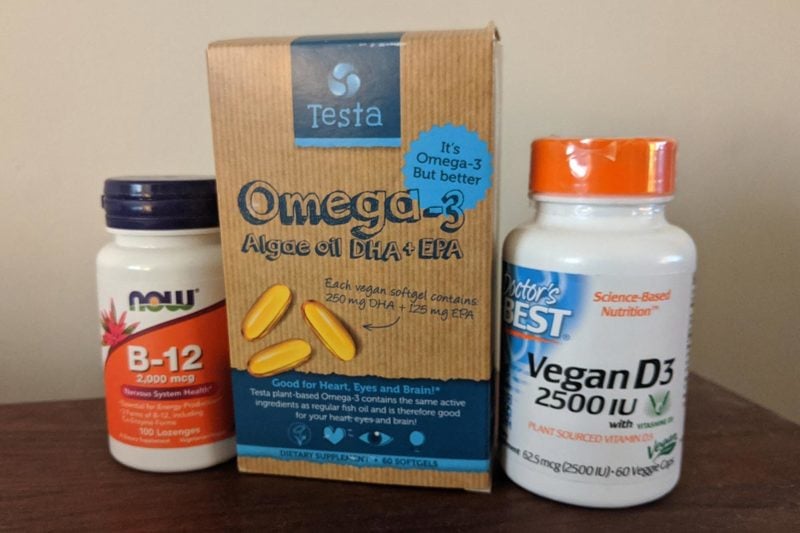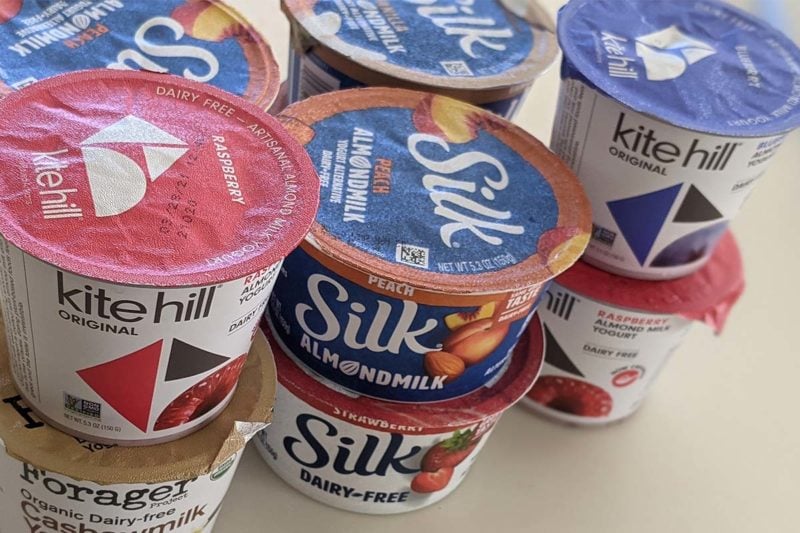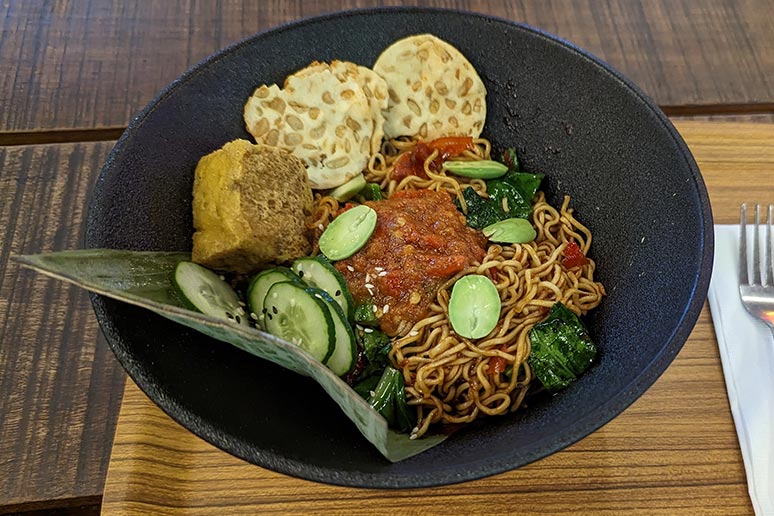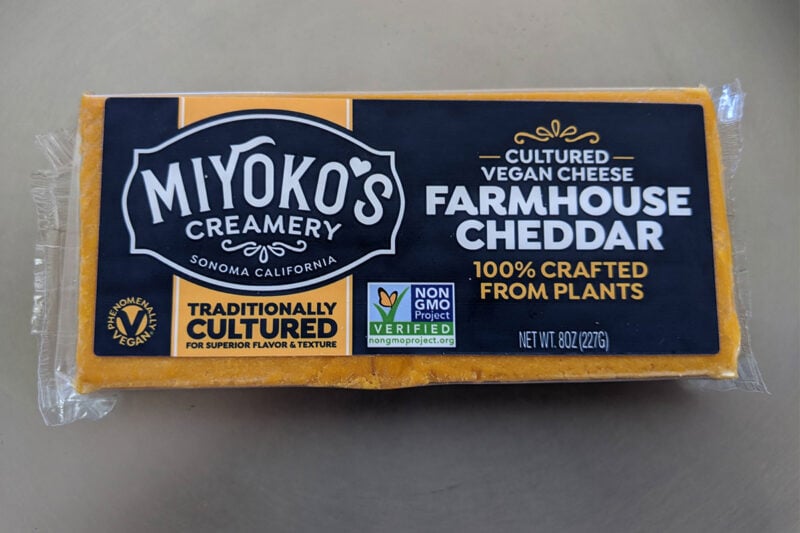Learning how to make a killer stir-fry can enable you to massively improve your diet. No other cooking skill will carry you farther.
Stir-fries have so many virtues. They’re quite possibly the easiest way to step up your intake of delicious and healthful vegetables. Stir-fries require only a tiny small of cooking oil, so they are typically low in fat—and therefore calories as well. Even a novice cook can quickly learn how to make a terrific stir-fry. You’ll probably get the hang of preparing this dish by our second or third attempt.
Stir-fries are usually served over rice or Asian-style noodles. If you’re using brown rice you’ll typically start it before you begin chopping your vegetables. Or, if you’re using white rice, you’ll start it when your stir-fry is just underway, since white rice takes under fifteen minutes to cook. For maximum convenience, you can also purchase frozen rice in microwavable bags that’s ready in three minutes. If you end up making stir-fries regularly, a rice cooker is a wise investment since you’ll have one fewer distraction while you prepare your meal.
An easy way to jazz up your stir-fry is to use an exotic variety of rice. If you’ve never tried purple rice before, it’s a wonderful change of pace, and it brings new flavors and textures.
Required Kitchen Equipment:
Stir-fries require only a few basic pieces of equipment:
- A quality chef’s knife. The best moderately-priced chef’s knife on the market is a Victorinox with a Fibrox handle.
- A large cutting board.
- Some bowls to hold your chopped vegetables before cooking.
- A wok or large skillet.
While you can cook your stir-fry in a large skillet, woks do the job better. Woks enable you to keep their bottom surface very hot, which quickly sears your freshly-chopped vegetables. After searing each new group of vegetables, you’ll push them up onto the walls of the wok where they will continue to cook at reduced heat. You’ll then add next batch of vegetables for searing against the wok’s bottom. You add the vegetables in the order of slowest-cooking to quickest-cooking, finishing up with leafy greens that hardly need a moment.
A traditional wok has a round bottom meant to be put on a special stand, and the whole thing is just too wobbly and fiddly for my taste. I think a flat-bottomed wok is therefore best suited for most people, and it’s vastly better than a skillet for cooking stir-fries.
Steps to Make a Fantastic Vegan Stir-Fry
Apart from cooking your rice or noodles, making a stir-fry involves these steps:
- Buying vegetables
- Choosing a protein-rich topping
- Making a sauce (optional).
- Cutting up the vegetables
- Cooking your stir-fry
- Adding seasonings

Buying Vegetables
Prepare your stir-fry with a wide assortment of vegetables and you’ll enjoy more colors, textures, and flavors. I have two rules I try to follow every time. First, I try to include as many colors of the rainbow as I can. And second, I always include a rich green leafy vegetable (like kale, spinach, bok choy, or collard greens.)
To further ramp up your stir-fry’s nutrition, you might also strive to include:
- At least one cruciferous vegetable (broccoli, cauliflower, cabbage, Brussels sprouts)
- At least one root vegetable (carrots, potatoes, sweet potatoes, radishes)
Choosing a Protein-Rich Topping
Three traditional protein-rich toppings are tofu, tempeh, or chopped nuts or seeds. You don’t have to add one of these toppings, but doing so gives your meal gain more staying power so you won’t be hungry an hour after eating. Plus, these toppings can make a measurable difference in your daily protein intake.
I generally use tofu as my stir-fry topping, since it’s cheap, protein-rich, and goes perfectly with vegetables. I like to cut my tofu into 2 centimeter thick slices, then cook in oil for at low-medium for a few minutes on each side. I’ll usually cook the tofu and then put it aside before I start cooking the vegetables. You can also prepare tempeh this way, but because it’s denser than tofu you’ll cut it more finely—usually a bit more than a half centimeter in thickness. Fry each side of the tempeh until it starts to turn golden.
Topping your stir-fry with chopped nuts is another great way to boost protein, plus it adds some nice texture. Consider peanuts, almonds, or cashews. You can also top your stir-fry with seeds like hemp, sunflower, or sesame. Whether you’re using nuts or seeds, you can roast these items in your wok with a few drops of oil and a dash of tamari beforehand, then put them aside when you begin making your stir-fry.
Making a Sauce (Optional)
You might also wish to make a sauce for your stir-fry. The classic, unbeatable choice is a basic peanut sauce made from coconut milk, peanut butter, garlic, and ginger. And here are some other sauce ideas:
- Tahini mixed with lemon juice, water, and garlic (tahini sauce)
- Coconut milk with chili paste
- Maple syrup with ginger
- Bottled vegan teriyaki sauce (available in any natural food store)
Make your sauce before you begin chopping vegetables, so it’ll be ready to pour on the moment your stir-fry is finished.
Cutting up Vegetables
Here’s a case where a picture is worth a thousand words. The raw vegetables shown below were chopped at the ideal size for a stir-fry. Photo courtesy of Joanne Molinaro.
The point of stir-frying is to briefly sear the vegetables with high heat. If you chop the vegetables at the right size, they’ll be seared on the outside and tender on the inside. But chop the vegetables too coarsely—especially dense vegetables like potatoes—and they won’t get sufficiently cooked through. Chop them too finely and the insides will get overcooked.
Bok choy is one of the most popular vegetables for stir-fries, and you should treat the white bottoms and the leafy green tops as if they’re separate vegetables. When chopping bok choy, separate the white bottoms from the green tops, and add the white bottoms to your stir-fry about mid-way through, and the green tops at the very end.
You’ll want to chop substantially more vegetables, measured by volume, than you intend to serve, since your vegetables will shrink down at least 30 percent during cooking—and your greens will shrink down more than 80 percent.

Key Ingredients for A Delicious Vegan Stir-Fry
Cooking time for different vegetables varies dramatically, so it’s essential to add them to your stir-fry in the right order. Here’s a list of popular vegetables, in roughly the order you should add them to your stir-fry.
- Potatoes
- Carrots
- Sweet potatoes, parsnips, radishes
- Winter squash
- Lotus root
- Onions
- Broccoli stalks, peeled
- Summer squash
- Peppers
- Cabbage (green, white, red, or purple)
- Broccoli or cauliflower florets, broccoli rabe
- Bok choy bottoms
- Mung bean sprouts
- Sugar snap peas (de-stringed!)
- Tomatoes
- Chopped greens like kale, collards, and bok choy tops
- Chopped cilantro
As the term stir-fry implies, the name of the game is to keep things moving. This is especially true of the vegetables you’ve just added to the bottom of your wok, where the heat is highest. By constantly turning raw surfaces exposed to high heat, you’ll achieve just the right amount of searing for each vegetable in your stir-fry.
Adding Seasonings
As I finish making my stir-frying I’ll turn down the heat and fry some minced ginger and garlic in a bit of oil for a minute, then mix it throughout my cooked vegetables.
If you’re not adding a sauce, as your stir-fry finishes cooking you might want to squirt in some tamari for seasoning. I also like to drizzle on a little sesame oil for some extra flavor. Nutritional yeast is another delicious topping.
You may also want to jazz things up by adding some ground spice right before serving. Spice mixes like cajun powder, curry powder, or an Italian herb mix are all terrific. A little cayenne pepper will add plenty of zing. Give things a taste before you take your wok off the stove, and add more seasonings if your stir-fry is too bland.
If you’ve made a sauce, ask your guests to pour some on immediately after serving.
A few sunflower sprouts makes a beautiful garnish. Don’t cook them.
Gaining Stir-Fry Mastery
Stir-fries just might be the easiest way to make ultra-healthful meals that are loaded with vegetables. The variations possible by different toppings, seasonings, sauces, rices, and choices of vegetables offer an unlimited range of possibilities.
The best way to improve your stir-fry skills is to pay close attention when eating your creations. Sample each vegetable separately, and ask yourself if each was perfectly cooked. At all costs, don’t fall into the rut making the same set of vegetables every time. You’ll be surprised how much a rarely-eaten vegetable will enliven a stir-fry, and totally change the character of your meal.
Finally—and this is key—when selecting your vegetables always go for striking color contrasts. Vividly colored vegetables like purple cabbage, red radishes, and bright orange carrots will elevate the appearance and flavor of your stir-fry.


